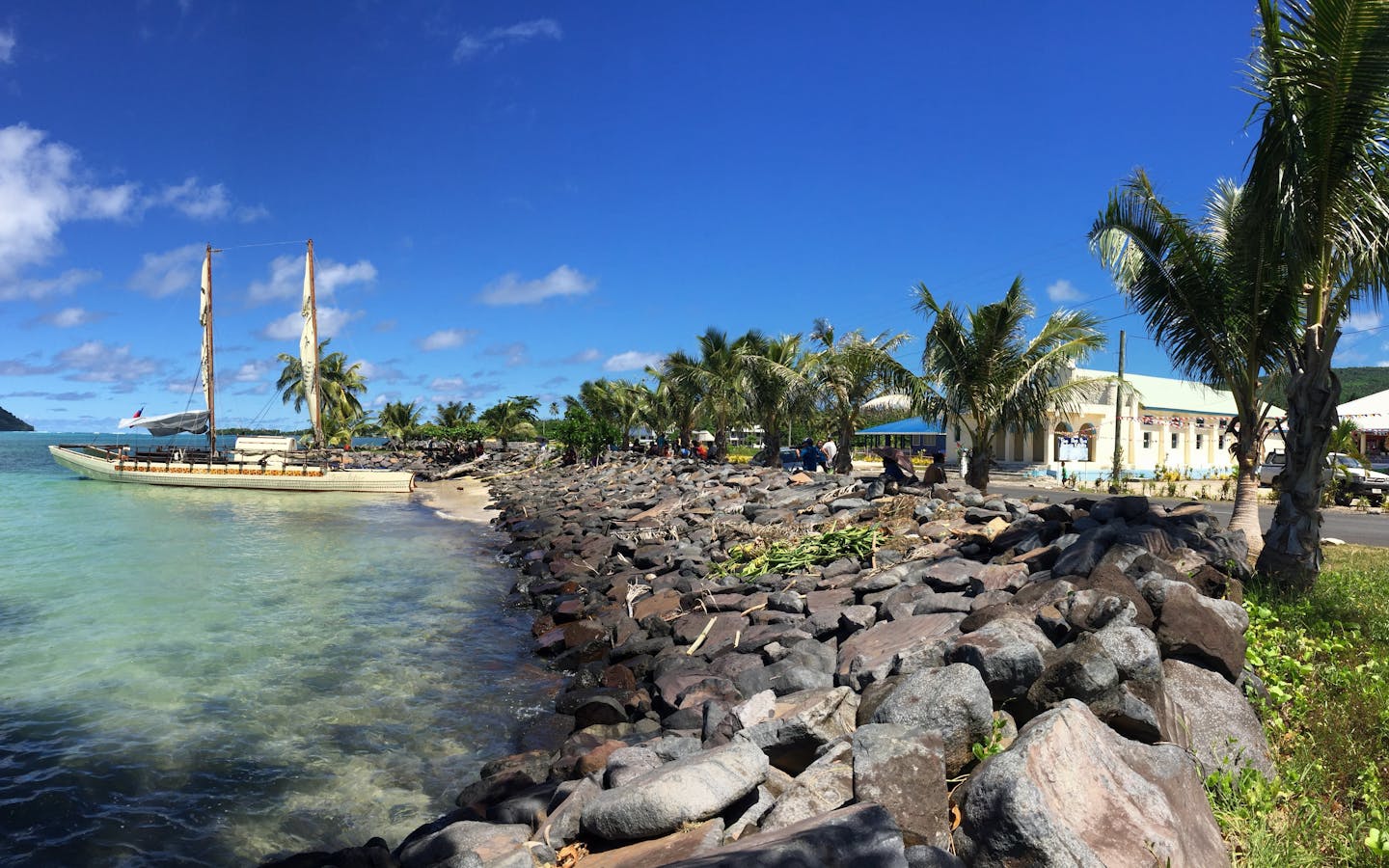Our projects combine a strong, scientific foundation with creativity to establish and engage. Conservation International Samoa also emphasizes on the need for collaboration with the government, researchers and communities, for protecting what we all depend on — nature.

Protecting and assessing biodiversity
Samoa's forests and oceans are biodiversity hotspots that are home to several endemic species. However, with a growing population and the threat of tropical cyclones, there is an urgent need for protecting these hubs of life.
Conservation International Samoa works with the Samoan government, local communities and researchers to assess coastal and terrestrial environments in key biodiversity areas of Samoa. Together we have discovered several new species of moths and plants, and reported sightings of Samoa's national bird, the critically endangered Manumea.
The data obtained from these Rapid Biodiversity Assessments (BIORAPS) serves as baseline data, allowing the government to make better environmental management decisions to conserve biodiversity.
Environmental education
Communities can protect their resources better than anyone else can.
That is why we work with these communities, equipping them with the right knowledge to conserve their natural resources. Our Moana campaign and Guardian campaign both aim to raise awareness on environmental issues affecting neighborhoods.
Conservation International Samoa and our partners work to bring environmental education to communities via Samoa's traditional double-hulled canoe, the Gaualofa. Transforming into a floating classroom, the use of the Gaualofa also helps connect young Samoans with their voyaging culture.
As of 2016, we have already reached out to 2,500 Samoans.

Scientific tools — global to regional
Through our initiatives, the Ocean Health Index (OHI) and the Rapid Biological Assessment (BIORAP), both global tools used to assess the state of natural resources, have been deployed on a regional level for Samoa.
These scientific tools will help the government and local communities to better understand their resources through data, allowing for more effective policies to be put into place for using them sustainably.
Using these tools in collaboration with communities has also trained locals in the skills that these tools require. This allows them to be better equipped to assess their resources in a scientific fashion, and to understand what management methods might be required for conserving their resources.





